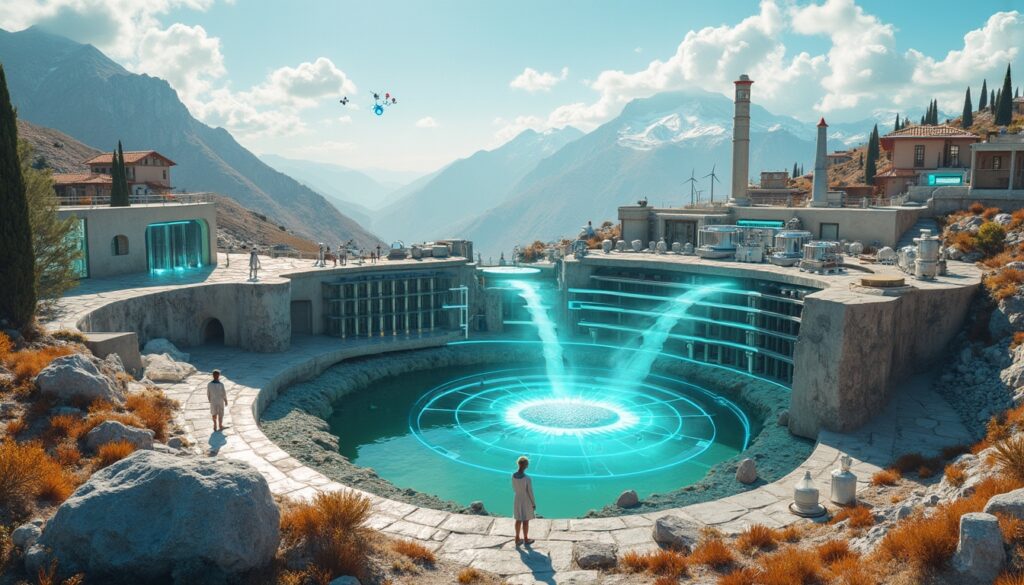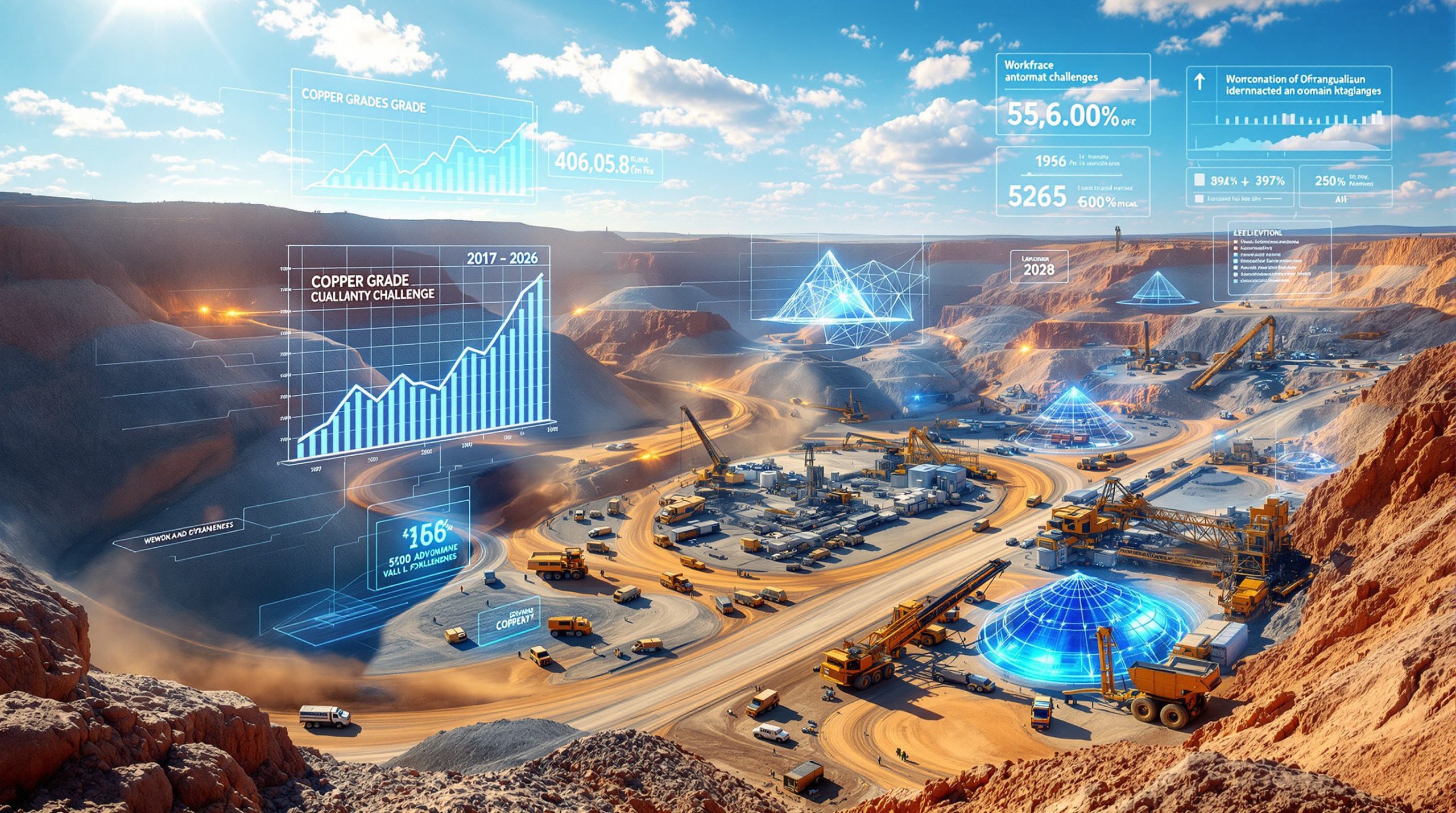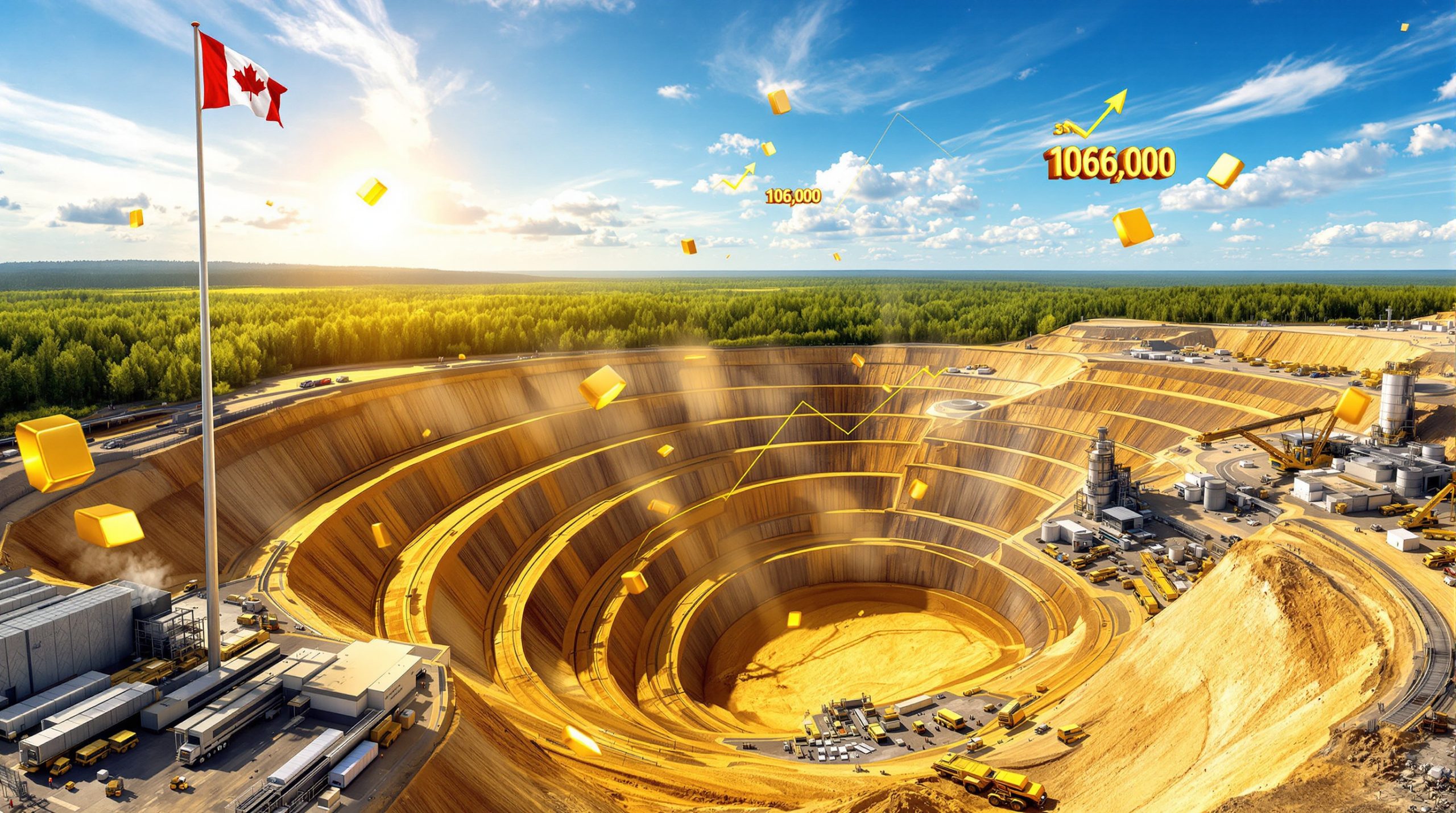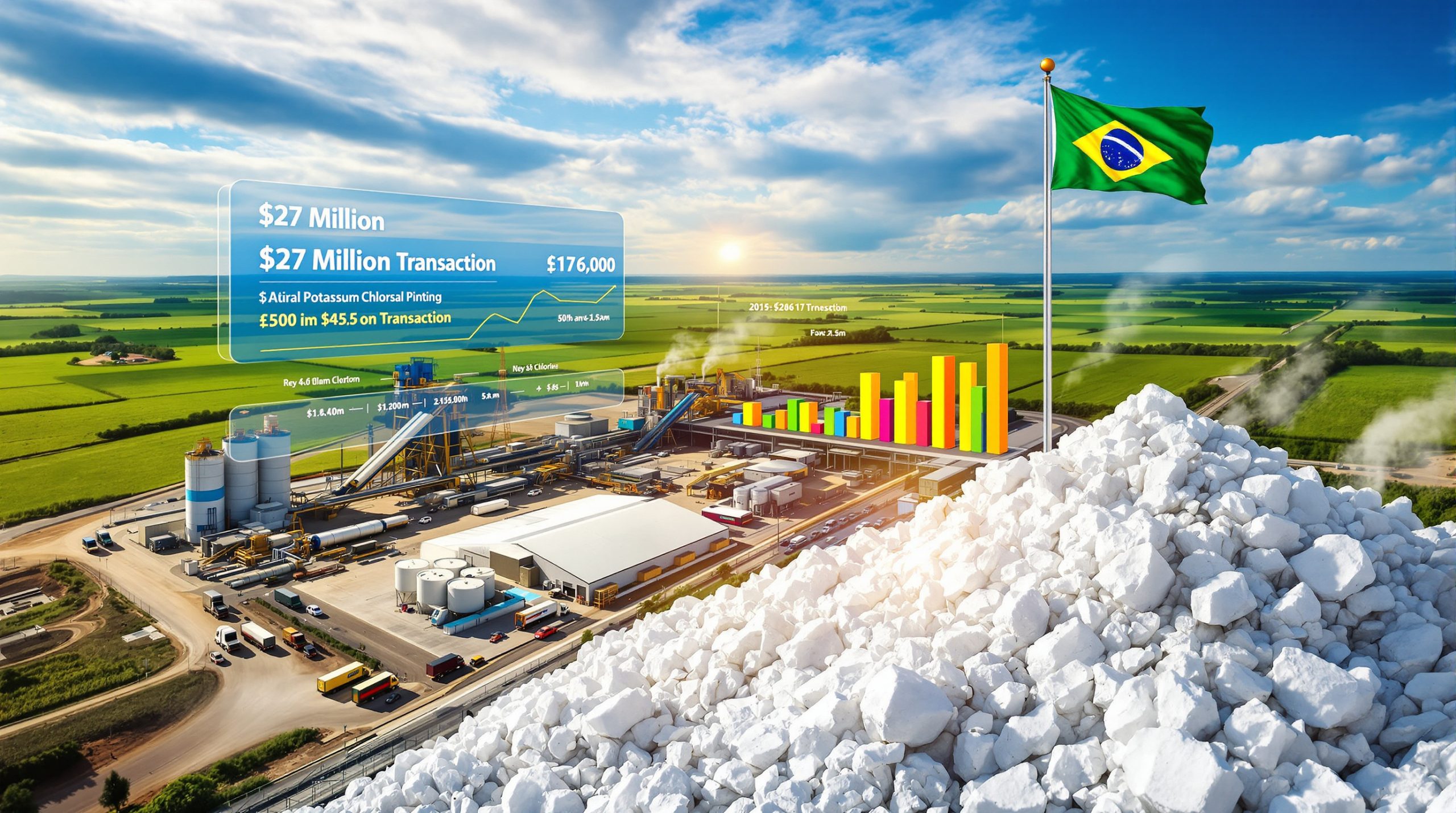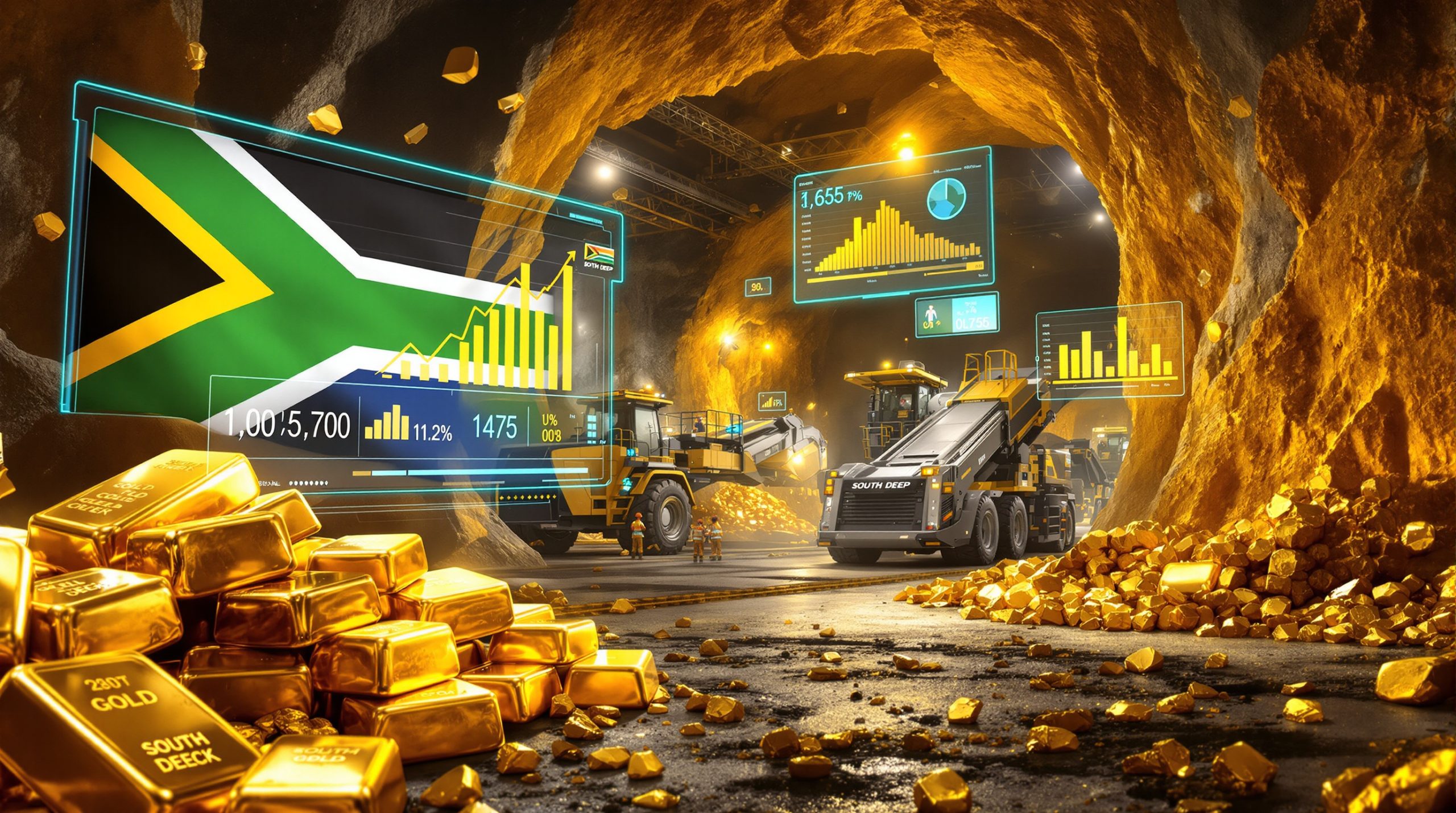Lithium extraction from geothermal brine Italy represents an innovative approach to sourcing this critical battery metal using naturally occurring hot, mineral-rich water found deep underground. These geothermal brines, typically in volcanic regions, contain dissolved lithium and other minerals leached from surrounding rocks over thousands of years. This process is transforming the concept of revolutionizing lithium production for clean energy.
Unlike traditional mining methods—whether open-pit mining of hard rock (spodumene) or employing extensive evaporation ponds—geothermal extraction utilises pre-existing energy production infrastructure. The process involves pumping hot brine to the surface, extracting lithium with specialised methods, and then reinjecting the brine underground. This seamless integration demonstrates mining's crucial role in the clean energy transition.
Geothermal brines typically contain lithium concentrations of 100–400 ppm, lower than South American salars which can reach 1,000–3,000 ppm. However, continuous brine flow combined with advanced membrane technologies now enables an economically viable process with recovery efficiencies of 85–90% in pilot projects. This innovative method is at the core of lithium extraction from geothermal brine Italy, making it a cornerstone of sustainable mining.
The extraction process involves several key steps:
- Pumping brine from deep wells
- Membrane filtration to separate lithium from other elements
- Ion exchange to concentrate lithium
- Precipitation to form lithium carbonate or hydroxide
The technical challenge lies in selectively separating lithium from high-salinity solutions dominated by sodium, potassium, and magnesium ions. In many ways, this evolution mirrors the growth of the rincon lithium project: a major step in battery metals seen worldwide.
Altamin, via its subsidiary Energia Minerals, is advancing the field with a strategic partnership in Italy. In February 2023, they signed an agreement with UK-based Watercycle Technologies to explore lithium carbonate production from geothermal brine. This collaboration supports the growing needs of decarbonisation in mining & the clean energy revolution.
Their initiative builds on Altamin’s earlier acquisition of two lithium brine exploration licences in 2022, creating a vital domestic lithium resource within the EU. Geraint Harris, Altamin’s Managing Director, remarked, "Our partnership targets EU lithium self-sufficiency by coupling geothermal energy with mineral extraction—a model replicable across Europe's volcanic regions." This strategic move supports the overarching ambitions of lithium extraction from geothermal brine Italy.
The partnership leverages Italian operational know-how with Watercycle’s specialised membrane technology. Their nanofiltration membranes operate at 60–80°C—ideal for the temperature range of geothermal brines. The pilot plant, designed to process 1,000 litres daily, aims for a 90% recovery rate, setting a high benchmark for emerging European projects.
A recent external review from thinkgeoenergy on geothermal lithium potential in italy has confirmed that Italy’s geological conditions support this innovative venture.
Watercycle Technologies’ breakthrough proprietary membrane technology plays a pivotal role in this process. Unlike conventional methods, their membranes reduce chemical consumption by about 70% compared to solvent extraction methods and require 40% lower capital expenditure than evaporation ponds. Dr Seb Leaper, the CEO, explained,
"Our membranes adapt to the variable chemistries of geothermal brines, enabling scalable solutions for low-concentration deposits."
Their layer-by-layer (LbL) membrane fabrication allows for precise pore size control (0.5–2 nm), achieving exceptional lithium ion selectivity. Proprietary anti-fouling coatings also reduce degradation from scaling by silica and calcium—key issues in geothermal applications. Professor Linda Nazar noted, "Nanostructured membranes are game-changers for low-energy lithium extraction, particularly in dilute brines." This technological innovation is revolutionising extraction methods, much like ai and sustainable mining innovations are transforming other sectors.
Watercycle’s method has been tested successfully across twelve different brine types, from the challenging chemistries in the Smackover Formation (USA) to Salar de Atacama (Chile). Such extensive validation increases confidence in adapting the technique to Italy’s unique geothermal settings. Their tailored approach maximises recovery rates while minimising energy input and waste—a crucial factor given the stringent environmental standards in Europe.
Geothermal lithium extraction offers significant environmental benefits compared to conventional methods. Notably, it reduces CO₂ emissions by 80–90% against operations like Australian spodumene mining. This low-emission process has become a key aspect of lithium extraction from geothermal brine Italy and supports Europe’s clean energy future.
One vital advantage is water conservation. Unlike the freshwater-intensive evaporation ponds, geothermal extraction involves complete brine reinjection after lithium removal. This closed-loop system prevents heavy metal leakage and significantly conserves water resources. Additionally, the land footprint is minimal—typically just 1–2 hectares versus the 100+ hectares required for traditional methods.
EU Energy Commissioner Kadri Simson has stated,
"Geothermal lithium aligns with the Green Deal's decarbonisation and strategic autonomy goals."
Such projects also generate renewable geothermal energy that can offset 30–50% of the extraction energy needs. This dual-purpose approach is transformative, as evidenced by successful projects at Hell’s Kitchen in California. The integration of clean energy with lithium production underpins the sustainability and economic feasibility of new extraction projects.
Altamin’s broader mining portfolio in Italy further showcases their commitment to the energy transition.
- The flagship Gorno Zinc Project in Lombardy holds a JORC Resource of 18Mt at 7.2% zinc equivalent, with drilling results recording exceptional zinc grades.
- The Punta Corna Project in Piedmont targets critical battery metals, including cobalt, nickel, and copper.
- Exploratory rights have also been applied for in the Monte Bianco and Corchia regions.
At Gorno, drilling results have shown zinc grades up to 22.9%, lead grades up to 7.5%, and silver at 95 g/t. These successes enhance the project’s overall economic and environmental profile, with innovative processing reducing waste by approximately 40%.
The Italian initiatives draw parallels with successful European mining projects. For example, ERG’s Metallo in Spain and Finland’s Terrafame have adopted advanced techniques to achieve efficient resource extraction. Altamin’s diversified portfolio not only strengthens Italy’s position in critical mineral production but further reinforces the strategic elements of lithium extraction from geothermal brine Italy.
The Altamin-Watercycle partnership also supports European battery metal independence. Europe currently imports over 95% of its lithium, primarily from Australia, Chile, and China. By establishing domestic production, the project underpins the EU’s Strategic Autonomy initiative, ensuring a reliable supply for future electric vehicle production.
European Commission President Ursula von der Leyen has emphasised the geopolitical importance of secure resource access. With battery production targets set to reach up to 800,000 tonnes of lithium carbonate equivalent annually by 2040, European-sourced lithium offers both traceability and regulatory compliance. This shift is essential, given the increasing influence of EU sustainability directives.
Furthermore, the project promises local economic benefits such as the creation of 200–300 skilled jobs and increased tax revenues. These developments have the potential to stimulate post-industrial regeneration in affected regions, similar to successful initiatives in Cornwall, UK.
Despite its benefits, lithium extraction from geothermal brine Italy faces significant technical challenges. Each geothermal reservoir provides a unique chemical fingerprint, necessitating bespoke extraction methods. Italian brines often exhibit lithium concentrations of 150–250 ppm, accompanied by higher levels of calcium, magnesium, and silica. These factors complicate the selective separation of lithium ions, which have a radius of only 0.76 Å and similar properties to sodium and magnesium.
Dr Marco Ferrara of the Italian National Research Council stated,
"The chemical similarity between lithium and other alkali metals necessitates precise, molecular-level separation technologies."
Temperature management is another critical factor, as Italian geothermal brines emerge at 150–180°C. They need cooling before membrane treatment yet must remain sufficiently warm to avoid scaling. This balance requires advanced heat exchange and temperature-resistant materials throughout the process train.
Scaling, particularly from silica precipitation, is a persistent challenge that fouls membrane surfaces and clogs equipment. Watercycle Technologies has developed proprietary anti-scaling additives that reportedly extend membrane life by up to 300%. However, transitioning these innovations from pilot to commercial scale remains a considerable hurdle.
Economic viability is paramount. With production costs estimated between $7,000 and $9,500 per tonne of lithium carbonate equivalent, geothermal extraction must eventually compete with conventional methods costing $4,000–6,000 per tonne. Optimising the process and potentially recovering co-products such as manganese and zinc will be crucial for long-term success.
Dr Victoria Gardner, a lithium process specialist, warned,
"Scaling from bench‐scale success to full commercial production entails solving interdependent challenges in chemistry, engineering, and economics."
FAQs About Lithium Extraction from Geothermal Brines
What is geothermal brine and how does it contain lithium?
Geothermal brine is hot, mineral-rich water circulating through deep rock formations, often in volcanically active regions. During this process, lithium and other minerals are leached from rocks. In Italy’s regions like Tuscany and Latium, brines show concentrations of 150–250 mg/L—economically viable due to continuous flow and advanced extraction methods.
How does membrane technology work for lithium extraction?
Membrane technology employs nanofiltration membranes with pore sizes of 0.5–2 nanometres. These membranes allow lithium ions to pass while rejecting larger ions. Watercycle’s system uses a layer-by-layer assembly, ensuring a high selectivity ratio over sodium and potassium. This technique is especially effective when processing the uniquely challenging chemistries of Italian brines.
What are the main technical challenges in this process?
• The selective separation of lithium from other similar-sized ions with comparable chemical properties.
• Temperature management to maintain efficiency while cooling high-temperature brines.
• Preventing scaling from silica deposition, which can reduce membrane performance.
The advancements being made in this field are supported by recent experimental findings from scientific studies on new extraction technology that offer promising improvements in efficiency and sustainability.
In summary, lithium extraction from geothermal brine Italy is driving a new era of sustainable battery metal production. Through smart integration of innovative membrane technologies and strategic partnerships, the industry is paving the way for cleaner energy production and European strategic autonomy. The combined benefits of lower emissions, water conservation, and reduced land use ensure that this method is set to redefine mining for the clean energy future.
Want to Invest in the Next Major Mineral Discovery?
Discovery Alert's proprietary Discovery IQ model delivers real-time notifications on significant ASX mineral discoveries like those from De Grey Mining and WA1 Resources, turning complex mining data into actionable investment insights. Understand why major mineral discoveries can lead to significant market returns by exploring Discovery Alert's dedicated discoveries page.
